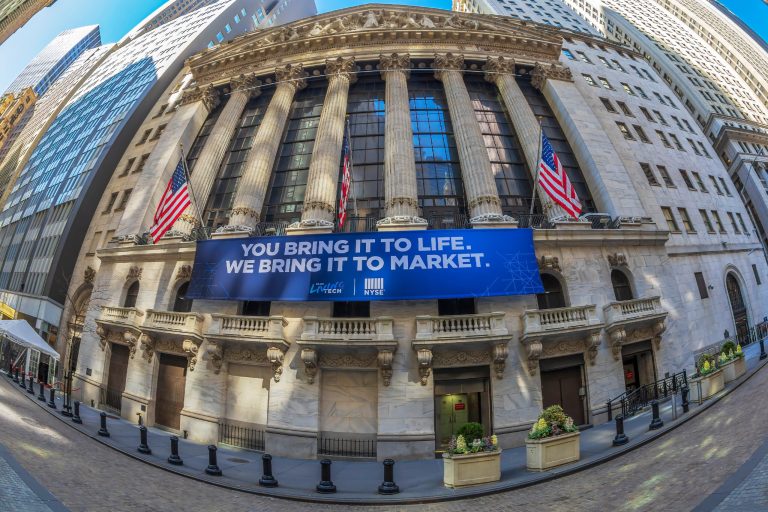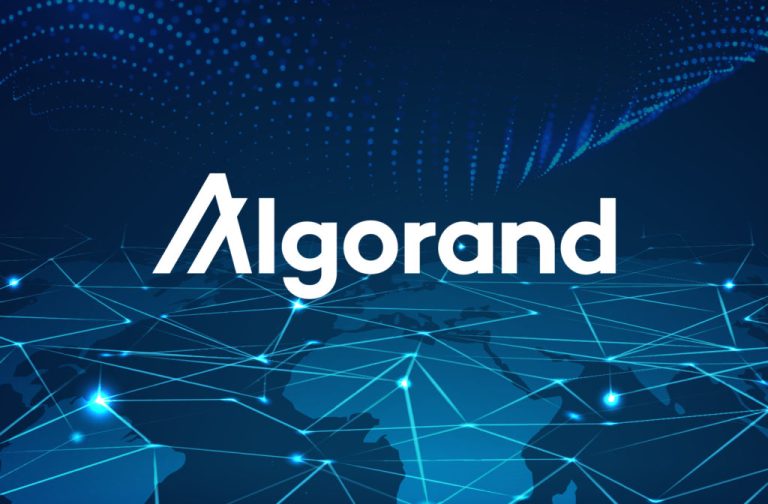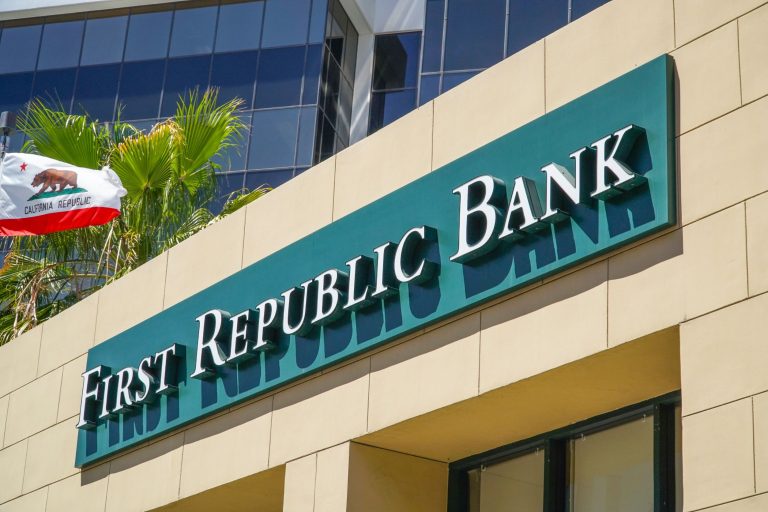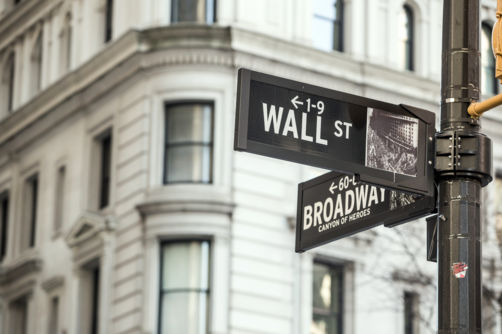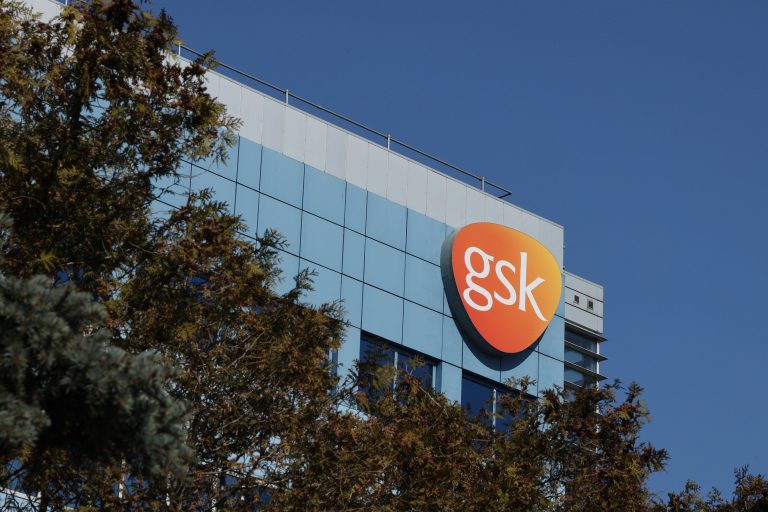Wall Street’s main indexes rose on Monday as investors waited for major market-moving earnings results.
Investors were waiting for the earnings results of AI-chip leader NVIDIA on Monday after last week’s sharp losses.
When writing, the Nasdaq Composite was 0.9% higher, while the S&P 500 gained 0.6%.
The Dow Jones Industrial Average was largely unchanged from the previous close.
According to a CNBC report, investors remained focused on Monday’s release of NVIDIA’s earnings, which could serve as the next major catalyst for demand for its Blackwell AI chips.
The star this week is our friend Nvidia,” Kim Forrest, chief investment officer at Bokeh Capital Partners, told Reuters.
She highlighted the importance of NVDS stock to all the key indexes with its recent inclusion in the Dow.
Unless some information comes out before then, the market is going to wait and see what’s going on with Nvidia.
Focus on earnings and Fed policy
Apart from NVIDIA, other earnings reports from big-chain retailers on Monday could provide insight into the health of the US economy and consumer spending.
Last week, Wall Street fell sharply as traders reduced their bets on the Federal Reserve easing its monetary policy further.
Stocks came off highs after rallying in the aftermath of President-elect Donald Trump’s win in the 2024 elections.
US Fed Chair Jerome Powell said last week that the central bank is in no hurry to cut rates as the country’s economy remained resilient amid sticky inflation.
The market expects the Fed to cut rates by 25 basis points at its meeting in December, but the bets have reduced since the start of last week.
NVIDIA shares slip
Shares of NVIDIA were trading in the red on Monday even as the market waited for its earnings report.
Shares initially fell as much as 2.8% on Monday after a report claimed that its new AI chips were overheating in servers.
This weighed on the stock, and also the information technology sector, which lost 0.3% at the time of writing.
Robert Pavlik, senior portfolio manager at Dakota Wealth, told Reuters:
I’m optimistic that they’re going to continue to beat, but… optimism has been so high on that particular name (Nvidia) that you can’t help but see some potential for a bit of a selloff.
NVIDIA’s stock had soared more than 186% this year.
Liberty Energy, Oklo stocks surge
Shares of Liberty Energy and Oklo surged on Monday after President-elect Trump chose Chris Wright as the next energy secretary of the US.
Wright is the CEO of the oilfield services company Liberty and also serves on the board of nuclear startup Oklo.
Shares of Oklo soared by 18% on Monday, while those of Liberty Energy jumped more than 5%.
Tesla jumps
Meanwhile, shares of Tesla jumped more than 6% at the time of writing on Monday.
Shares rose after a report claimed that members of Trump’s transition team were seeking to ease US rules for self-driving cars.
The electric vehicle maker’s gains on Monday also boosted the tech-heavy Nasdaq Composite on Monday.
Meanwhile, shares of struggling Spirit Airlines were halted on Monday after the company filed for bankruptcy protection.
The stock was down 90% since the beginning of the year and closed at just $1.08 per share on Friday.
Also, CVS Health’s shares gained 2.7% after the health insurer said it would add four new members to its board in an agreement with Glenview Capital Management.
The post Nasdaq, S&P 500 rise ahead of key earnings; Tesla, Oklo stocks jump as Spirit Airlines halts trading appeared first on Invezz

